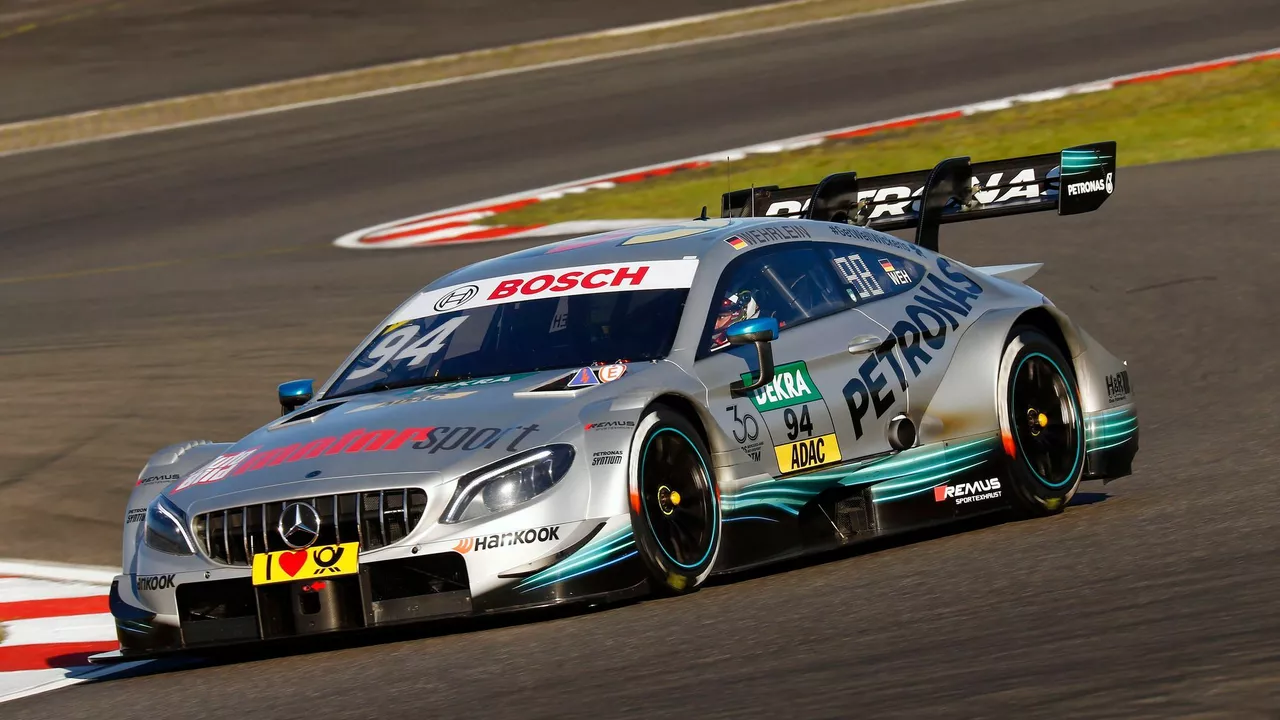Automobile Racing: What Every Fan and Driver Should Know
If you love the roar of engines and the rush of speed, you’re in the right place. Automobile racing isn’t just a sport; it’s a blend of skill, engineering, and split‑second decisions. Whether you watch from the stands, follow the news online, or sit behind the wheel, understanding the basics helps you appreciate every lap.
Why Racing Feels Like a Full‑Body Workout
Most people think a driver only needs good eyesight. In reality, a racer uses every muscle. G‑forces push you back into the seat, so core strength keeps you stable. Quick reflexes are needed for braking, shifting, and dodging rivals. The mental grind is just as tough – you must read the track, plan overtakes, and stay calm when the car slides. That mix of physical and mental demand is why racing is counted as a sport, not a hobby.
Top Tips for Safer, Faster Racing
1. **Know the car’s safety features** – Roll cages, harnesses, and fire‑suppression systems aren’t optional; they’re life‑savers. 2. **Practice the track** – Even the best drivers walk the circuit before the first lap. Knowing every corner’s entry and exit points cuts lap times and reduces surprise moves. 3. **Stay fit** – A simple workout routine for the neck, core, and legs can shave seconds off your performance. 4. **Keep the car tuned** – Regular checks on brakes, tires, and suspension keep the car predictable at high speed. 5. **Follow race rules** – Regulations on pit stops, overtaking zones, and speed limits aren’t there to limit fun; they keep everyone safe.
One common question is why racing cars rarely crash despite extreme speeds. The answer lies in the three pillars of safety: skilled drivers, purpose‑built machines, and track design. Drivers train for hours on simulators and real tracks, learning how to react when grip fades. Cars are built with crumple zones, carbon‑fiber monocoques, and fire‑resistant fuel cells. Tracks feature wide runoff areas, gravel traps, and barriers that absorb impact. Together they create an environment where speed and safety coexist.
Another hot topic these days is the debate between different racing series. Fans often ask, “Are F1 drivers better than IndyCar drivers?” The truth is both groups excel in their own arenas. F1 demands precision on high‑downforce circuits, while IndyCar tests adaptability on ovals, road courses, and street tracks. Comparing them directly overlooks the unique challenges each series presents. What matters most is the driver’s ability to master the car and the track they’re on.
If you’re curious about where to experience racing outside the professional world, street racing might pop up in conversations. Cities like Tokyo have a reputation for a vibrant car culture, but illegal racing is dangerous and illegal. The smart move is to join a track day or a sanctioned club event. Those settings give you the thrill of speed with proper safety measures and a community of like‑minded enthusiasts.
Lastly, keep an eye on the latest news. From Cristiano Ronaldo’s scoring streak in the Saudi Pro League to Erling Haaland’s chase for another Golden Boot, sports headlines shift quickly. Our tag page pulls together the most relevant automobile racing stories, so you never miss a milestone, a record, or a breakthrough in car tech.
Ready to boost your racing knowledge? Bookmark this page, explore the articles below, and stay tuned for fresh updates. Whether you’re a garage tinkerer, a weekend track driver, or just a fan who loves the sound of revving engines, Jasmine Motorsport UK has the insights you need to stay ahead of the pack.

Is automobile racing a dying sport?
From my perspective, it's debatable whether automobile racing is a dying sport. While it's true that the sport has seen some decline in viewership and attendance, it still retains a dedicated fanbase globally. Environmental concerns and the rise of e-sports are definitely challenges, but they also present opportunities for evolution and growth. So, while the landscape is changing, I wouldn't write the obituary for automobile racing just yet. It's a sport in transition, but not necessarily a dying one.
View More



